The bitter life
Life in the spinning mill: sweat, burning and child labor in the Lombard spinning mills
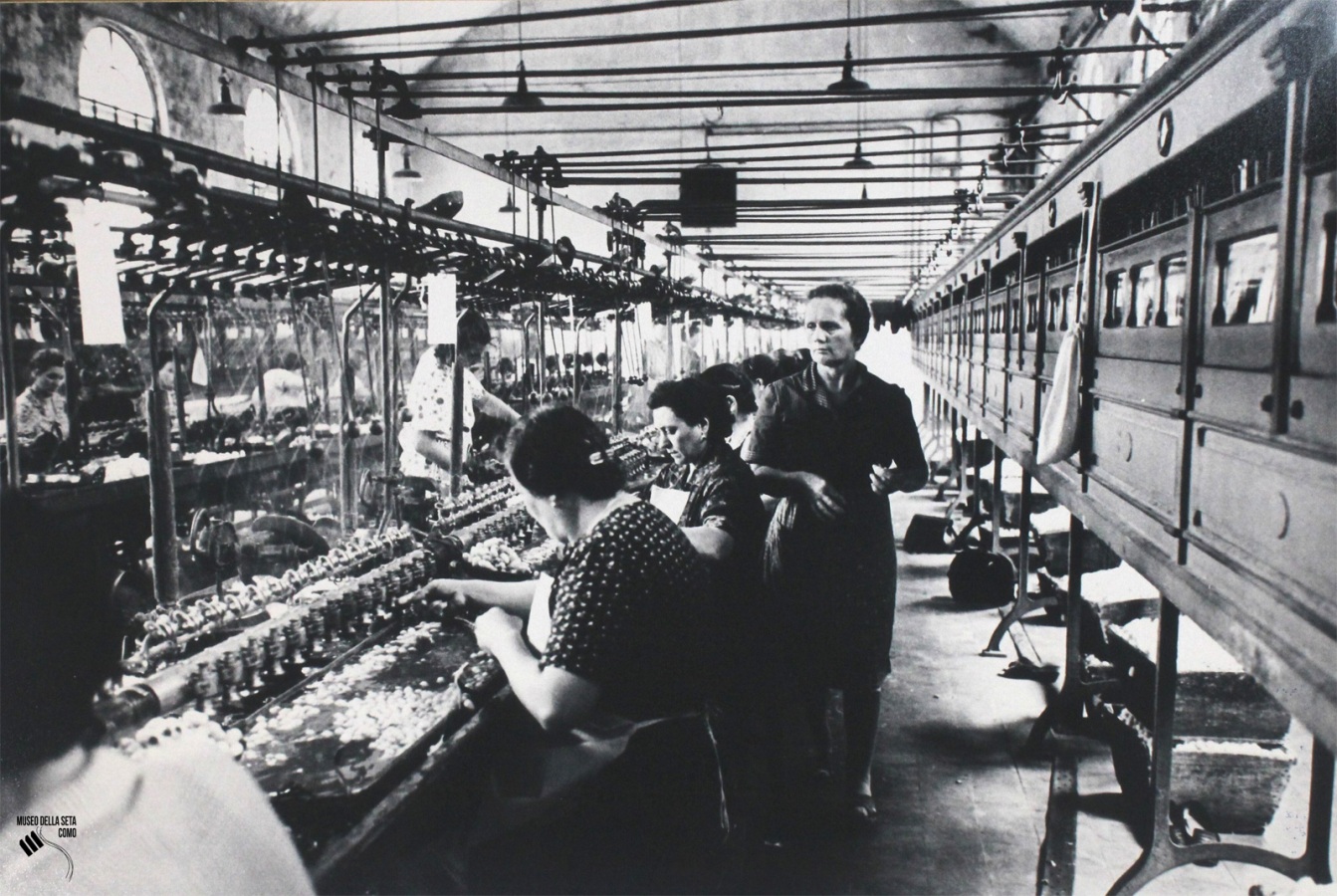
The reeling is that operation that allows to obtain the silk thread from the unraveling of the silkworm cocoons. With this term, various processing steps in the production of silk yarn are indicated in the textile industry.
To soften the sericin and allow the burr to unravel and obtain the precious yarn, historically it was necessary to maintain the temperature of the water in the basin close to the 90°C: this has always involved operators having to insert their hands repeatedly in boiling water.
That of the hands was the biggest torment of the work in the mill, where the only relief was to keep a basin of cold water to give relief to the hands to calm the burning. Often the fingers were covered with very painful pustules: "the water is so hot (on the hands) of the tractors, that very easily the skin ulcerates and produced pustules, that cause them various pains. The remedies you can use are wine, vinegar and unripe grapes, or as a rule use your own urine as soothing".
Often the pain "It starts with just the redness of the fingers, then small pustules, bubbles or whitish streaks appear, until the skin breaks in some places, especially in the folds and divisions of the fingers, and leaves the flesh uncovered, and then the heartburn and pain grow out of all proportion: plantain is also beneficial, in addition to sour grapes".
Doctor Melchiori, primary surgeon of the hospital of Novi Ligure in his 1845 treatise "Hygienic observations on the reels in Novi", notes "(..) the index finger of the right hand as the one that most works in carrying the burrs under the chain and the one that most often is home to phlegmon, tendon, periosteum with phalanx necrosis" and again "In all diseases of the hands of tractors, angioleucitis is born in the arm, and blockage of the lymphatic ganglia in the armpit, which often supplant".
It should be remembered that the water of the basins as well as hot was often hideously smelly: to facilitate the soaking of sericin, small dead animals were often putrefied in the sedimentation tanks or were added to the water of rye bran per 100 hectolitres of water, or rotten potatoes that helped to dissolve the incrustations of the boilers, or again to rot rye straw on the bottom of the sedimentation tank to remove the crudity of the water, or it was made to rot mallow in the decantation tanks.
The spinners always had a bucket of cold water at their disposal to dip their fingers when they were aching too much, but this handling of ladles and shovels, cold water from the bucket and hot from the basin very often bodice and petticoat of the spinners always ended up getting wet, which mixed with steam, sweat, smoke and ash completed the picture of the daily pain of the spinners.
After all, cleaning and hygiene were not particularly practiced: the abundant sweat in the chest, armpits and abdominal walls, irritated the skin and excoriated it. Often the "cleanness of the covered parts, that the low people dodge so much, unkempt harms and provokes in such parts, and inside the thighs, rice-like phlegms, abrasions and ulcers".
The life in general in the spinning mill was extremely hard: traditionally the work in the factories was seen as a parenthesis in the working life of women, which often ceased with marriage: moreover, in the first half of the nineteenth century the mills worked only two or three months a year and not on rainy days because the silk, in too humid atmosphere, tended to stick.
The average wage of the workers was 0.99 lire per day, with a maximum of 1.25 lire being a minimum wage of 0.70. The little girls, widely employed, were paid from 15 to 30 to 55 cents per day depending on age and capacity. If food had been administered, the value would have been deducted from pay.
The note related to some mills and winders of the province of Milan is bitter: "here the working girls in the factories work from dawn until eight in the evening with an hour and a half of rest from June to September, and with an hour only from September forward".
In the Somma Lombardo channel worked only "working maidens, from five and a half antimeridian until night, and with half an hour of rest for breakfast and an hour and a half for lunch. Each soup, whenever desired, was charged to eight cents". In twisters children were the overwhelming majority: the data collected by the Chamber of Commerce of Como report for 1873 a total of 37,000 workers of which 19,000 under 16 years: children under 12 represented over 20% of workers.
In 1884 the National Bacology Congress with unanimous vote supported the proposal of the rapporteur Francesco Dubini so that it was "recommended to the government to consult again the Chambers of Commerce and the silk associations before giving the force of law to the project on child labor ... there is danger that the working families, already accustomed to relying no small amount on the earnings of their children, suddenly deprived of these, however tenuous, despite their miserable present condition, not despicable means of subsistence, will curse the State, which, with the appearance of wanting to protect the weak makes life more difficult for them ”.
On 11 February 1886 the bill was approved: promulgated on 18 February of the same year the law was to be enforceable from 18 August but the regulation "encountering difficulties in the Councils of State" never came out and the law remained a dead letter.
Still in the first decades of the twentieth century, the girls - legally or not - entered the spinning mill at 9 years old.
Paolo Aquilini
Direttore del Museo della Seta di Como
Con il contributo di

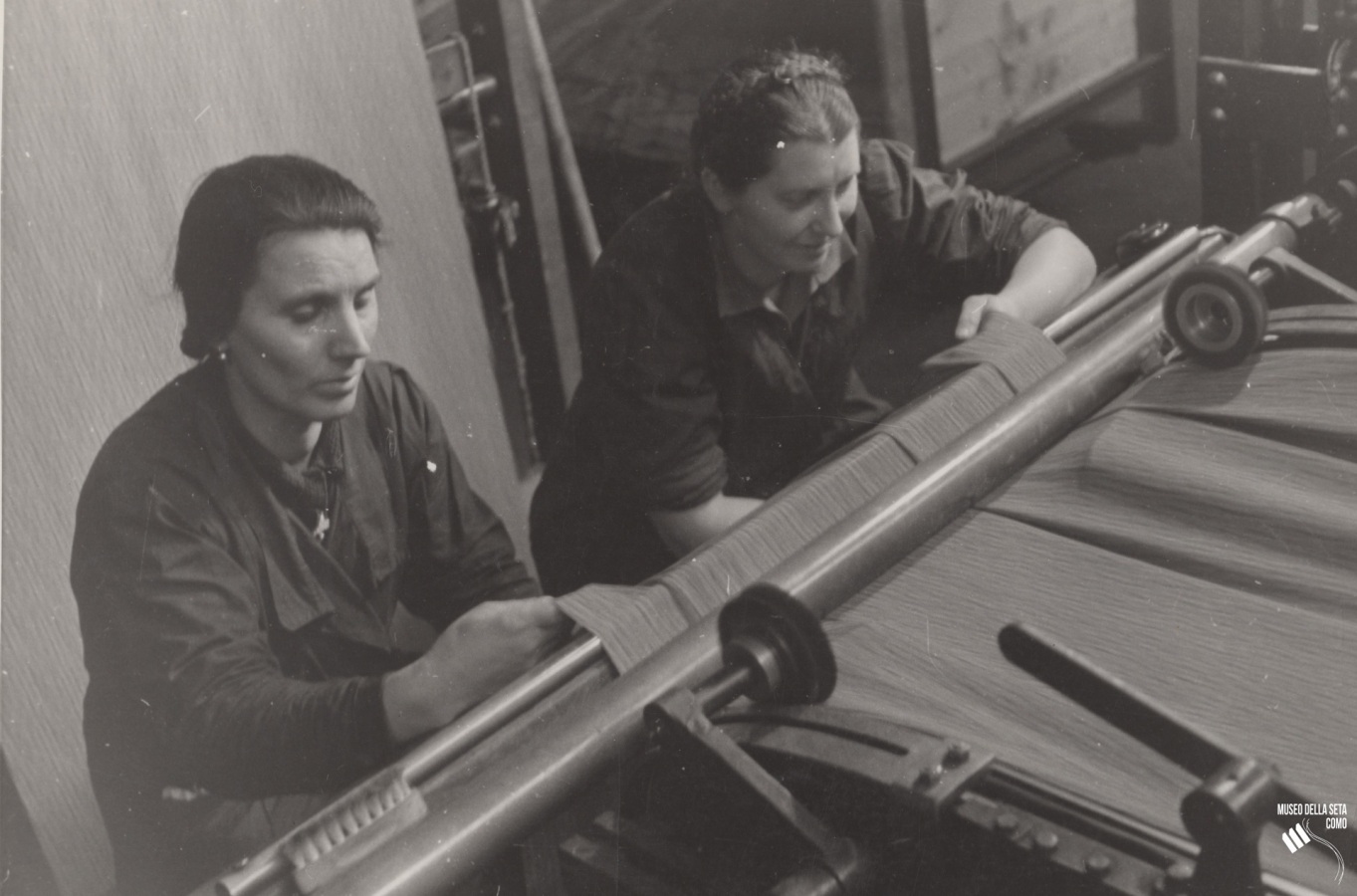
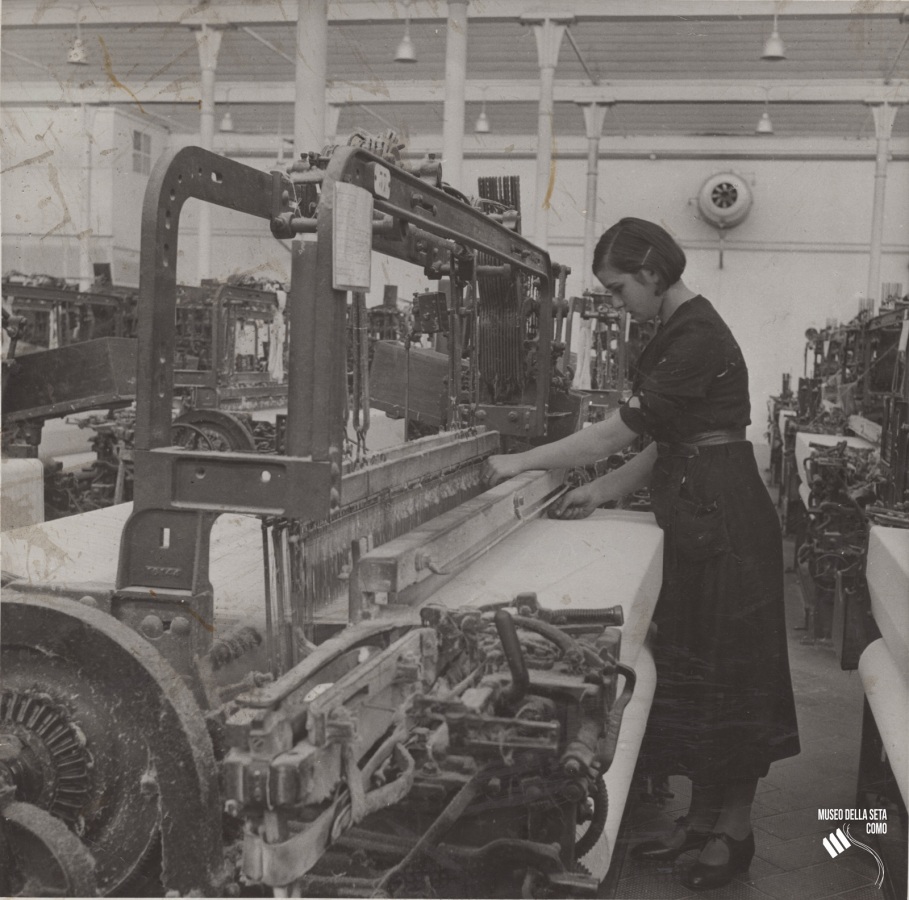
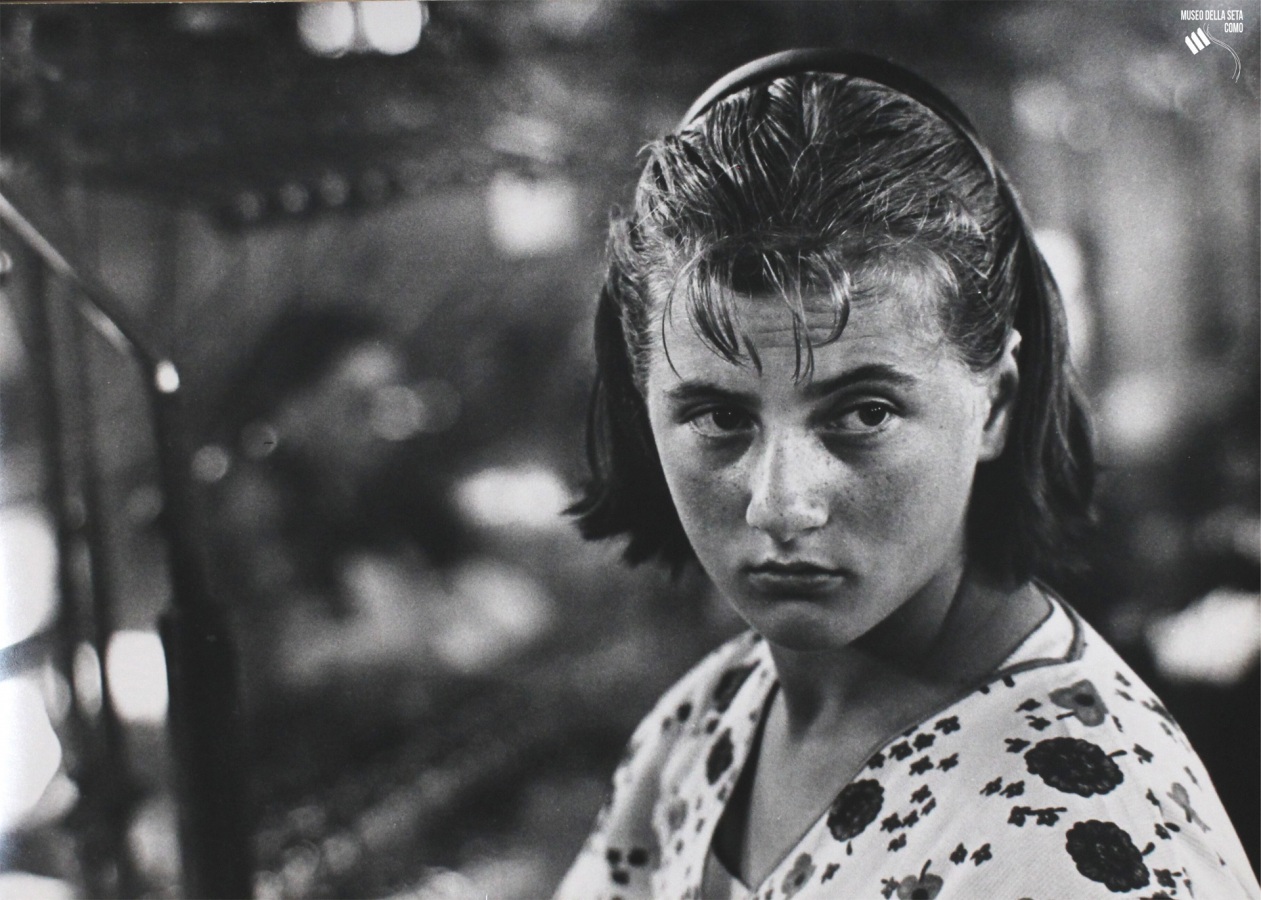
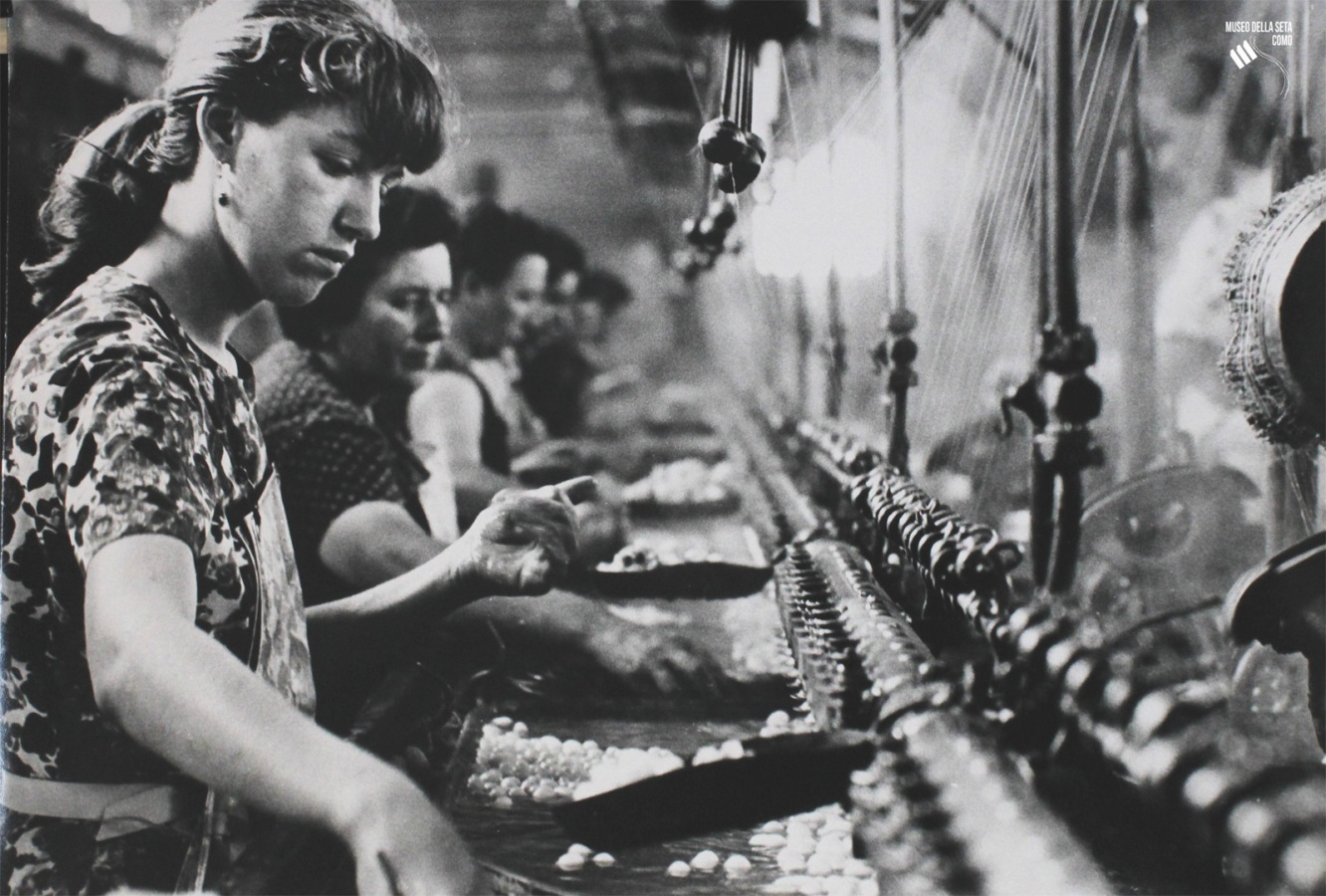
Come and visit us

